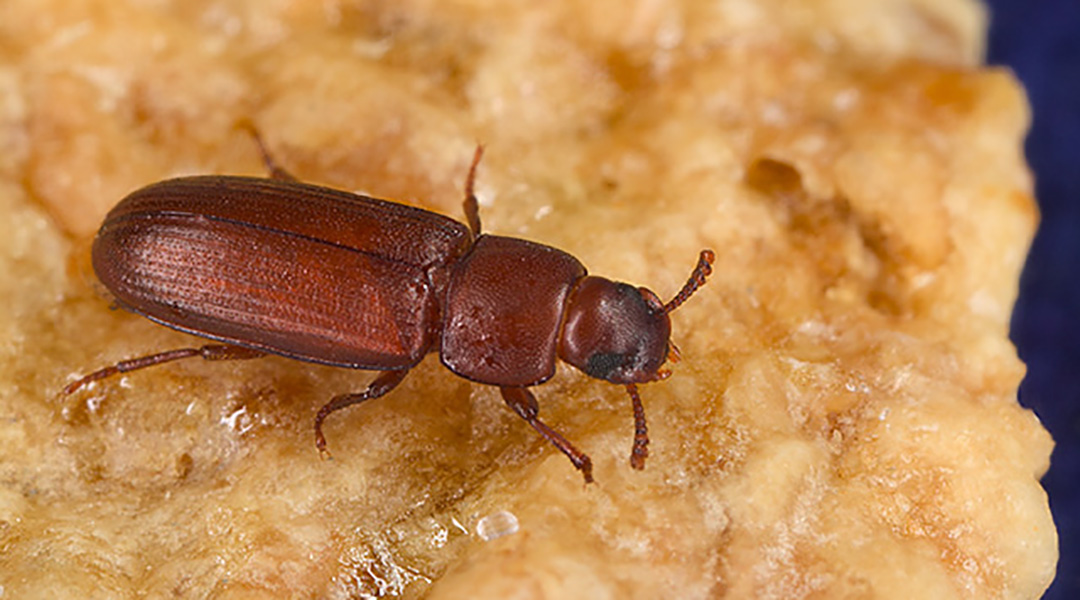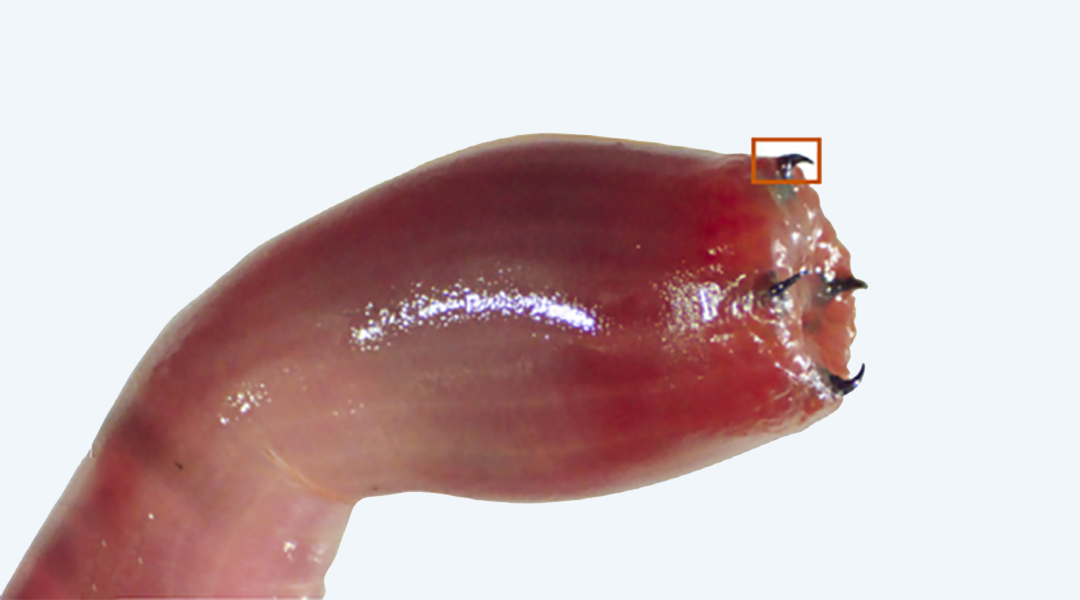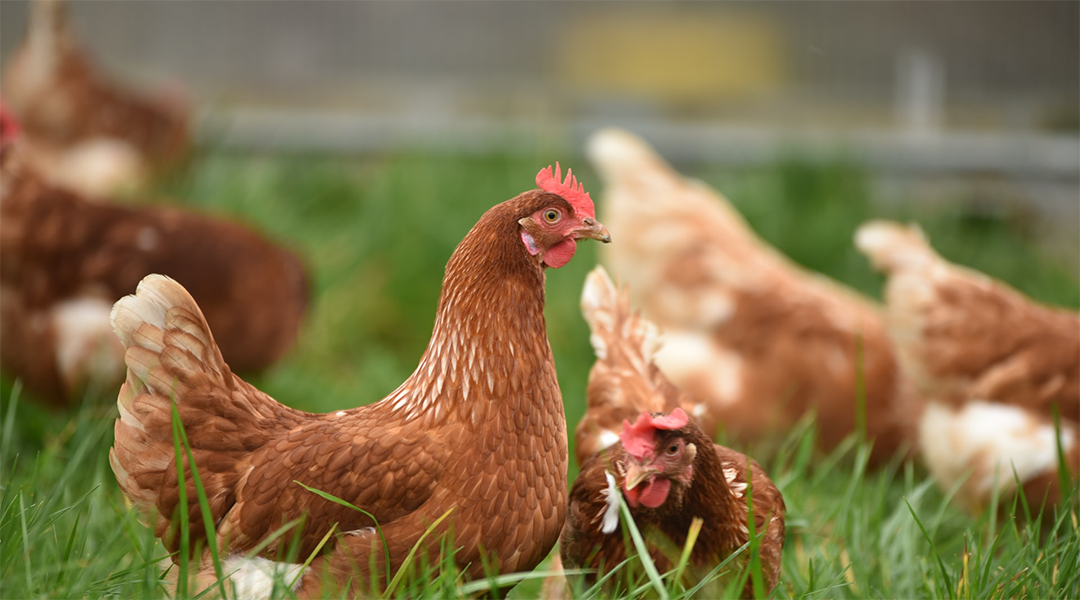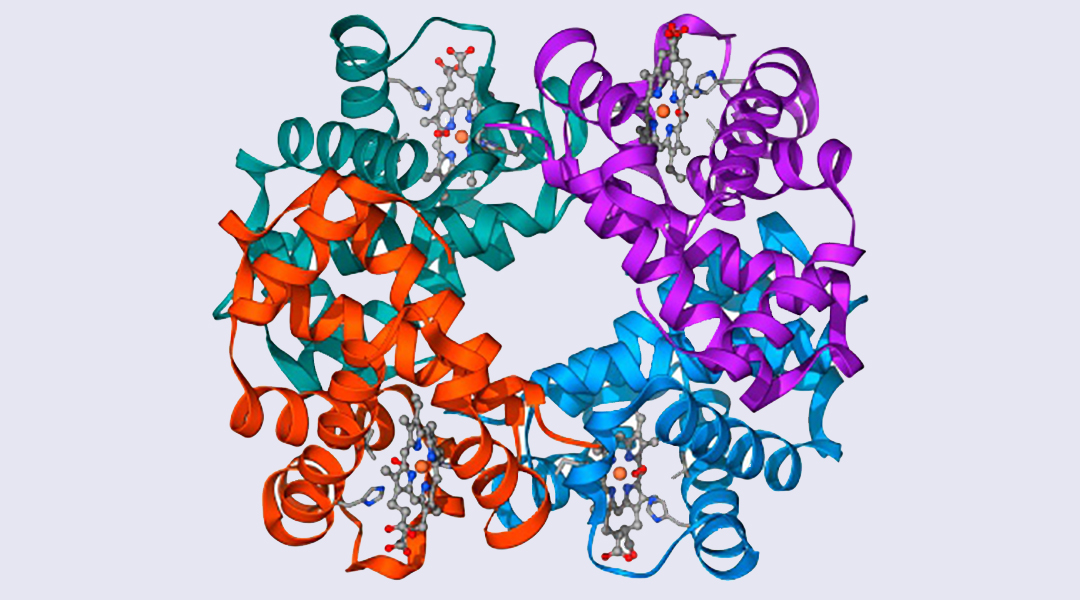Understanding the mechanisms by which genes can be “turned off” could be a powerful means of pest control.


Understanding the mechanisms by which genes can be “turned off” could be a powerful means of pest control.

The growing field of circadian biology is advancing our understanding of rhythms and represents a model of balance to help inform medicine.

The reopening of the Venus flytrap may not always be smooth, and new research challenges our previous assumptions about its mechanics.

Heavy bleeding could be stopped using a new formula based on proteins found in snake venom.

As plants evolved to live on land, so too did their immune systems, offering protection against dangerous fungi.

Scientists uncover how one small protein juggles multiple roles in shaping the bloodworm’s fang-like copper teeth.

RNA thermometers help regulate bacterial infection and targeting them might be a way toward fighting antibiotic resistance.

To understand the progression of diseases, such as angiogenesis, researchers have turned to computers to model complex biological processes.

Researchers look to the guts of chickens’ ancestors to gain insights into domestication.

This will be one of the most important datasets since the mapping of the Human Genome, say experts.